The 10 Best Historical Sites in the U.S. That Should Be on Your Bucket List
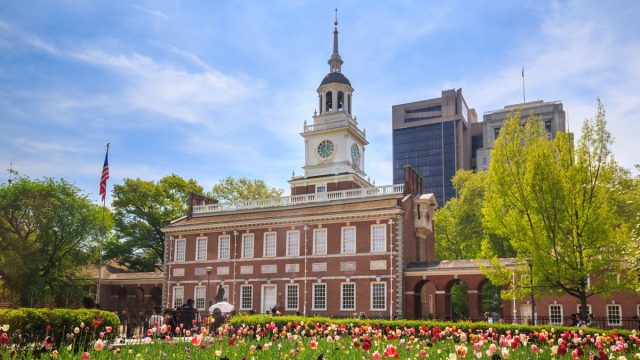
People travel for a lot of reasons, some people go out of town to explore the great outdoors, others want to check out unique architecture, but a lot of people visit places all throughout the country because of their historical importance.
Sure, you can read about these locations in books or watch a film or tv series about the historical events that shaped them, but there’s no better way to learn about the history of a place than by actually taking a trip there. If you’re curious about U.S. history or want to find out more about an under-the-radar historical site, take a trip to a spot on our list of best historical sites in the U.S.
READ THIS NEXT: The 10 Best U.S. Cities to Visit If You Love Old Houses.
The Best Historical Sites in the U.S.
1. Jackson Square – New Orleans, Louisiana
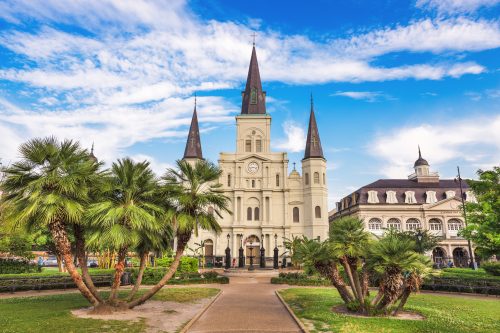
Most visitors to New Orleans have probably stopped by the city’s historic, and beautiful, landmark Jackson Square, without even knowing that they’re in one of the city’s most historic sites.
“Historically, this spot has been in use for 300 years by three different world powers: France from 1718 to 1762, Spain from 1762 to 1801, France again from 1801 to 1803, and the United States since 1803,” says Katrina Horning, the owner of New Orleans Architecture Tours. “It started as a planned common space early in the French Era, headed by a church and government buildings on one side, the river on the other and flanked by private buildings on both sides.”
Now, the square is a National Historic Landmark all on its own, but it’s also surrounded by the Pontalba buildings, the matching, block-long buildings that are synonymous with the city’s architecture, as well as the famous Café du Monde, which has been serving beignets since the Civil War.
2. National Civil Rights Museum – Memphis, Tennessee
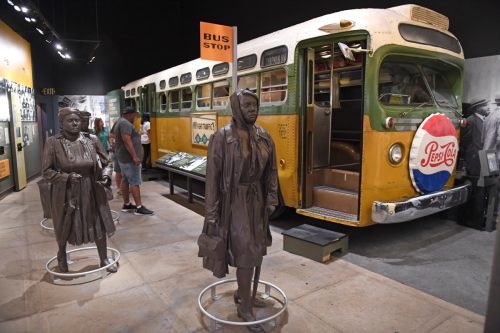
It’s probably safe to assume that for the first few decades of its existence no one expected the Lorraine Motel, a 16-room motel in downtown Memphis, to become a major historical landmark. But that all changed in 1968, when Dr. Martin Luther King, Jr., checked into one of the motel’s rooms while in Memphis to support striking black sanitary public service employees. King was assassinated while standing on the second-story balcony of the hotel.
Now, the location is also home to the National Civil Rights Museum, which has preserved MLK Jr. ‘s room, so it remains as it was the day he died. The museum also has permanent exhibits on the Montgomery Bus Boycott, the 1961 Freedom Rides, and the Black Power movement.
“It’s a moving historical site to visit and is truly a must-do to gain perspective on American history and a deeper respect for not only Dr. Martin Luther King Jr., but all the adults and children who participated in the fight for equality,” says Alanna Koritzke, a travel blogger at Periodic Adventures.
For more travel advice delivered straight to your inbox, sign up for our daily newsletter.
3. Fort Mose Historic State Park – St. Augustine, Florida
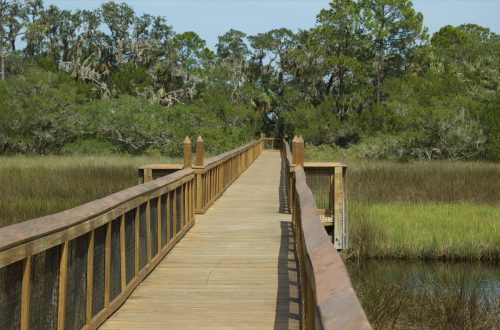
Travelers to Florida flock to the state for its beaches and theme parks, but there’s also a whole lot of history, and impressive historical sites that are worth a visit as well, including Fort Mose Historic State Park. The park is the site of the first legally-sanctioned, free Black settlement in what would become the United States, but at the time was Spain. Freedom was granted to those who swore allegiance to Spain and converted to the Catholic faith.
“Fort Mose is one of the most important sites in American history,” says Christina Parrish Stone, executive director of St. Johns Cultural Council. “This historic site preserves the Black history in St. Johns County and tells important stories from our past.”
4. Timberline Lodge – Mt. Hood, Oregon
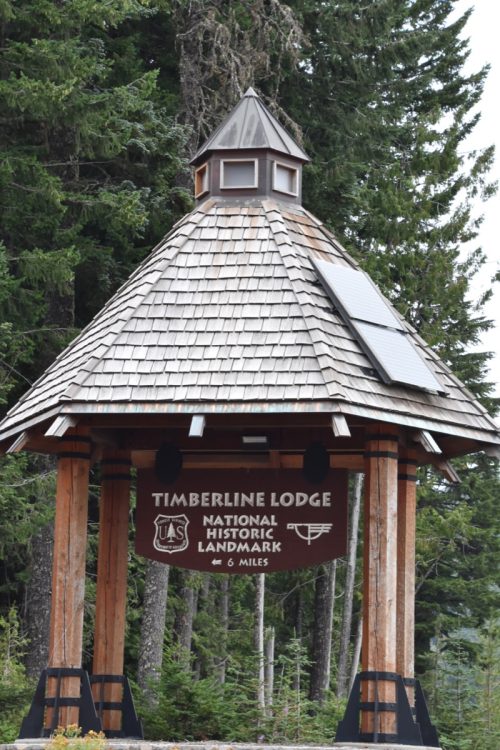
The New Deal was a landmark piece of historic legislation that helped to shape the U.S., and created millions of jobs for unemployed people during the Great Depression. One result of that legislation was the Timberline Lodge, in Clackamas County, Oregon. The lodge was built and furnished by local artisans from 1936 to 1938, all during the Great Depression, and was dedicated by President Franklin Roosevelt in 1937. But its interesting history isn’t the only reason that the Timberline Lodge is a hit with visitors.
“Since its construction, Timberline has become a destination for winter sports enthusiasts, including skiers, snowboarders, and sledders,” says former travel journalist Alex Frane of Lawrence Public Relations. “Unlike most other U.S. lodges, however, Timberline is open year-round, and attracts thousands of visitors annually. Even those who prefer a comfortable night in over skiing will visit for its warm and cozy atmosphere, as well as for exploring the beautiful countryside of Mt. Hood and the surrounding Cascades.”
Not only is the site of historical importance due to its connections to the New Deal, but it’s also a landmark in film history as well, serving as the setting for the 1980 film “The Shining.” The movie’s exterior shots were all filmed at the Oregon lodge.
5. National Susan B. Anthony Museum & House – Rochester, New York
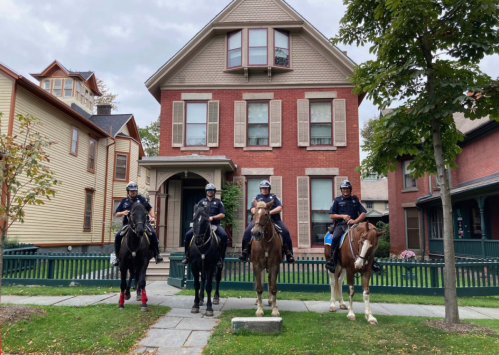
It may seem ridiculous now, but up until just over a century ago, women did not have the right to vote, and women of all races weren’t granted that right until 1965. The women’s suffrage movement played a pivotal role in helping to establish that right, and one of the leaders of that movement was Susan B. Anthony, a social reformer whose legacy is celebrated at the National Susan B. Anthony Museum & House in Rochester, New York.
While this is a site of great historical importance, the causes and rights that Anthony stood for are still exceedingly relevant to this day, which attracts even more visitors to the museum and home of the activist.
“Women’s rights continue to be an incredibly relevant topic in this country, as well as access to the vote and true voting rights for all,” says Rachel Laber Pulvino, the director of market communications and public relations for Visit Rochester. “In 2016, when there was a woman on the ballot for President of the United States more than 10 thousand people came out and placed their ‘I Voted’ stickers on Susan B. Anthony’s grave in Rochester’s Mount Hope Cemetery, and also visited her home.”
6. Independence Hall – Philadelphia, Pennsylvania
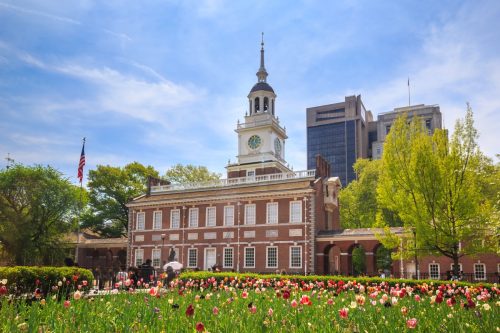
A lot of places throughout the entire country are important in American history, but there’s only one place that can claim the title as the birthplace of the U.S. The aptly-named Independence Hall, in Philadelphia, is the building where both the Declaration of Independence and the United States Constitution were debated and adopted.
“When you walk into the Assembly Room and take a moment to close your eyes and soak in the atmosphere, you can almost hear the founding fathers argue and fight for what they believed in and then come together to accomplish something incredible,” says Melanie Musson, a travel expert at AutoInsurance.org. “The centuries-old events become fresh when you listen to the interpretive guide point out the places where George Washington and Benjamin Franklin sat and where famous interactions took place.”
As an added perk, Independence Hall is located within blocks of the Liberty Bell, Congress Hall, where the new country’s Congress was based from 1790 to 1800, and Franklin Court, where founding father Benjamin Franklin lived from 1763 until his death in 1790.
7. Mount Vernon – Fairfax County, Virginia
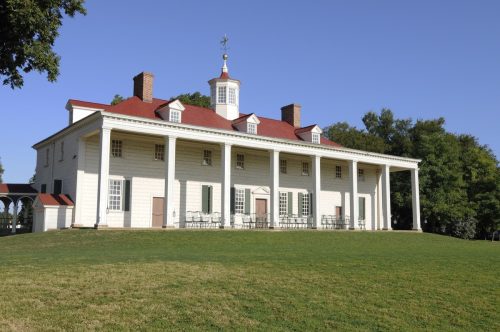
Few properties are as historic as Mount Vernon, the former plantation owned by George Washington. As the home of the first president of the United States, it makes sense that the property is located in Fairfax County, Virginia, just outside of Washington D.C., making it an easy trip from the city.
While the property is most well-known as being the home of the country’s first president, the exhibits at Mount Vernon don’t solely focus on George Washington.
“A good reason to visit right now is the opening of a new exhibit in the museum, which chronicles the history of the property from Native Americans time to the ownership of the Washingtons and the preservation work done by the Mount Vernon Ladies Association,” says Ali Morris of Visit Fairfax. “In addition, Mount Vernon has expanded its offerings on telling the stories of those enslaved at the property, from specialty tours to museum exhibits to archaeological work at the burial grounds.”
8. Bristol, Tennessee
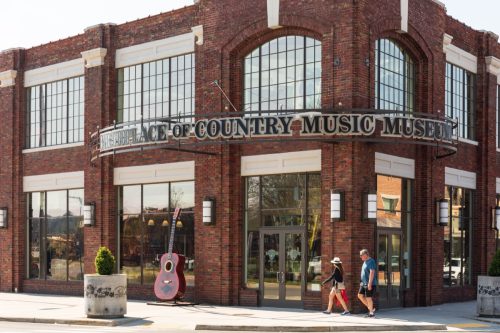
America and country music go hand in hand, and while Nashville might be the home of the genre nowadays, it hasn’t always been. Instead, Bristol, Tennessee, located on the state’s border with Virginia, is recognized by the U.S. Congress as the birthplace of country music.
“Bristol is the gateway between Virginia’s Heritage Music Trail and Tennessee’s Music Pathways,” says Charlene Tipton Baker, the communications manager at Birthplace of Country Music. “Bristol was also featured prominently in the Ken Burns documentary ‘Country Music,’ he made Bristol the first stop on his promotional tour for the film and he speaks passionately about the importance of Bristol in the development of early country music.”
To learn more about the genre’s start, take a trip just over the border to Bristol, Virginia, to visit the Birthplace of Country Music Museum, located in the spot where some of country’s first songs were recorded by artists like the Carter Family and Jimmie Rodgers.
READ THIS NEXT: 10 Small Towns in the U.S. That Feel Like the Wild West.
9. Jamestown Settlement Museum – Jamestown, Virginia
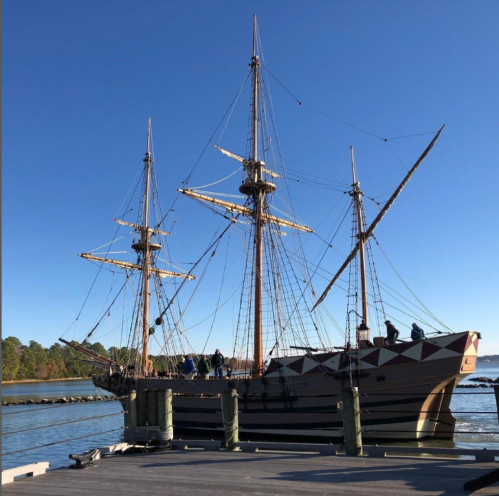
While the settlers at Jamestown certainly weren’t the first people to inhabit the Americas, they were the first group of permanent English residents in the new colonies, making their home in the eastern Virginia settlement. While times have changed for the rest of the country, the Jamestown Settlement Museum, which houses hundreds of artifacts, has remained relatively the same. It exists as a living-history museum in which visitors can step back in time to see what life was like for the settlers in Jamestown.
“The Jamestown Settlement Museum is a living-history museum that offers immersive experiences for hands-on learning,” says Melanie Hartmann, a travel blogger at Dreams Built In. “This includes life-sized reproductions of the fort and a Paspahegh village. You also have the opportunity to climb aboard reproductions of the ships that brought the first permanent English colonists to Virginia.”
10. Nez Perce National Historical Park
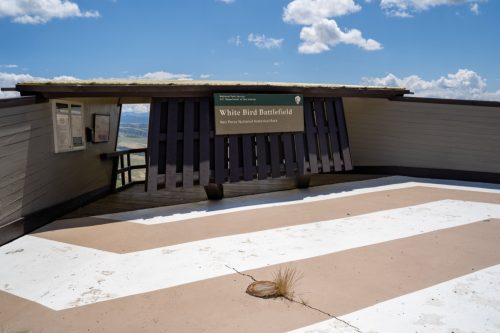
The U.S. may have only been in existence for a few centuries, but people have occupied the country’s land for thousands of years, including the Nez Perce, or Nimiipuu, tribe, an indigenous group that has lived near the Pacific Northwest for close to 12,000 years. The Nez Perce National Historical Park highlights some of the most important locations to the Nez Perce people, like Buffalo Eddy, a site near Asotin, Washington, that contains hundreds of ancient petroglyphs.
“For more insight into the Nimiipuu’s 10,000-year history, the Nez Perce National Historical Park & Visitor Center in Spaulding is an ideal start to experience the interpretive trails, archaeological remains and exhibits across the park’s sites, spanning four states,” says Laurie McConnell, senior tourism communications specialist at Visit Idaho. Learn to make your own moccasins, jewelry and other traditional Coeur d’Alene Tribe crafts or take a guided hike through the tribe’s homeland at the Coeur d’Alene Resort & Casino.”
The park itself isn’t just located in one spot, instead it’s spread over more than 30 different sites across Idaho, Montana, Oregon and Washington.